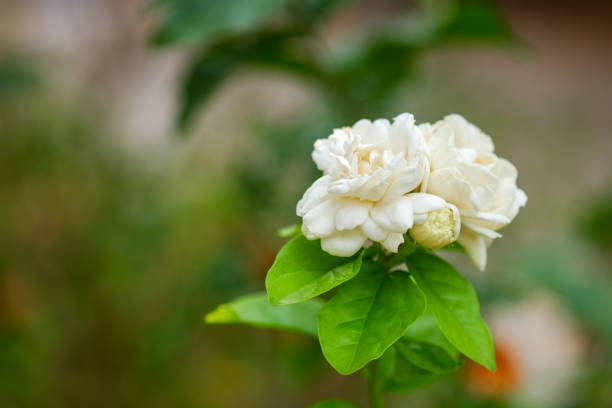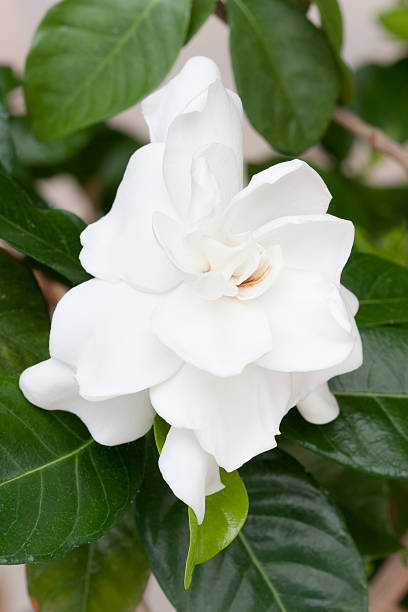Do Gardenias Like Acidic Soil? How to Find Out the Best Soil pH for Gardenia Plants
Have you ever had the misfortune of growing Gardenias in soil that was too acidic? The flower is not very picky about its soil, but it requires a certain acidity level. If your soil is too alkaline, your Gardenia will suffer from root rot and die. Suppose you’re wondering whether or not your soil is too acidic. In that case, there are some things to consider before you purchase any gardenia plants. Learn more about soil pH that your Gardenia would love.

Table of Contents
What is Acidic Soil?
Acidic soil is defined as the pH level below 7. The closer you get to an acidic value, the more humus in your soil, and it becomes less nutrient-rich. Acidic soil is made up of a high percentage of organic matter, and many different things will affect the pH in your soil.
1 to 14 is the scale used to measure the acidity of soil and other things, too. Everything above is thought to be alkaline. Most plants in the garden like a pH between 6 and 7.5. People who want their garden plants to grow well need a pH level between 6 and 7.5. Between 6 to 7.5 soil ph, phosphorus in the soil is soluble, which means it can be absorbed by plant roots because it dissolves in water. All plants need phosphorus, one of the three macronutrients they need. In the NPK ratios you see on packaged fertilizers, phosphorus is the middle number. It helps the plant bloom and set fruit.
What Causes the Ground to Become Acidic?
Most wooded areas have acidic soil, as do many parts. As organic matter breaks down, the ground where this decomposition occurs tends to become acidic by itself.
However, there are a variety of other causes that might contribute to soil acidification, including:
- The use of chemical fertilizers is not good for the earth.
- When it rains, calcium and magnesium are washed away from the ground.

Do Gardenias Prefer Acidic Soil?
An ideal level of acidity for a Gardenia would be between 4.5 to 5 on the scale. Above or below this range will have less success if your soil is quite alkaline or acidic, respectively. Acidic soils are better for gardenias because they help promote blooming and flowering. It also provides adequate nutrients for gardenias, including nitrogen, phosphorus, potassium, and magnesium. These essential minerals are necessary for the plant’s growth and development.
How Do I Acidify My Gardenia Soil?
Acidifying your gardenia soil is an important step in preparing it for planting. Acidifying the soil will make it more acidic and hospitable to plant roots, promoting healthy growth. There are a few ways to acidify your soil:
1. Use a compost tea made from kitchen scraps or manure.
2. Add sulfur-containing fertilizers or Amendments such as wood ash, dolomite, limestone, or oyster shell lime.
3. Use a natural acid such as vinegar, lemon juice, or horticultural sulfur (available at most garden centers).
Problems of Too Acidic Soil
This type of soil is considered very unhealthy because it is difficult for plants to grow in, and it can lead to many problems.
Some of the problems of very acidic soil can cause include:
• It can damage plants by reducing their water uptake ability.
• It can reduce the amount of fertilizer that plants can absorb.
• It can make it difficult for roots to access nutrients and water.
• It can increase the amount of runoff, leading to environmental pollution.
Acidifying your gardenia soil is an important step in preparing it for planting. If done correctly, this will help promote healthy growth and blooming. However, if the soil is too acidic, it can cause many problems for plants. So be sure to follow the instructions provided to acidify your gardenia soil properly!
